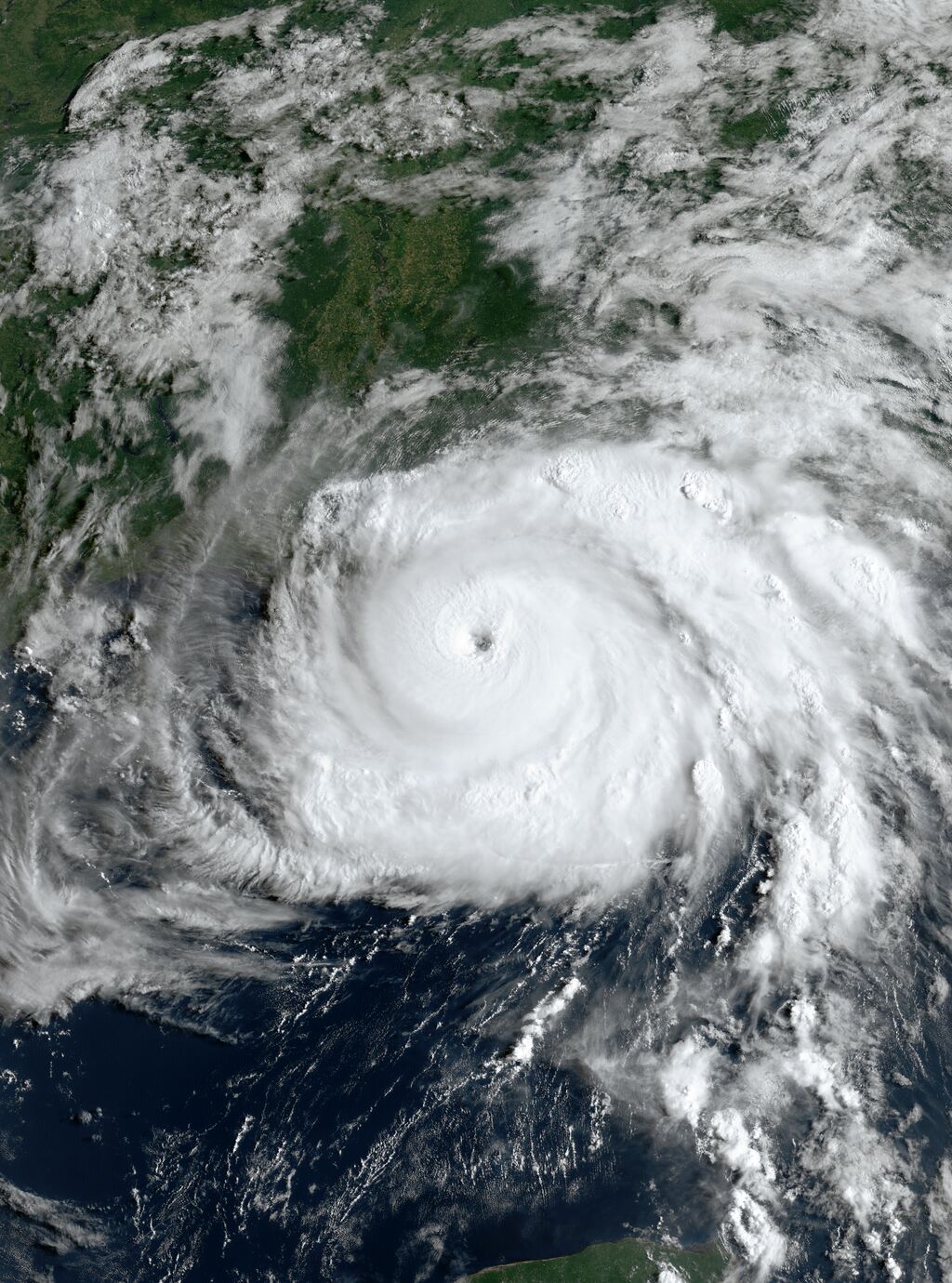The double whammy of Hurricane Ida and tropical storm Nicholas have slowed or halted grain exports from ports in Texas and Louisiana for the past two weeks.
A $14.5 billion flood protection system surrounding four parishes largely protected the New Orleans region from the massive flooding that caused most of the damage of Hurricane Katrina in 2005.
In its grain barge movement reports, the Army Corps of Engineers reported barged grain for the week ended Aug. 28 was down 28% from the previous week and 69% from a year ago, because of hurricane preparations.
The Mississippi River was reopened relatively swiftly to river traffic, on Sept. 4, with some restrictions. The Gulf Intracoastal Waterway is open, despite some press reports to the contrary, although traffic is slowed.
Ida’s high winds caused damage to multiple grain elevators and knocked down 30,000 power towers, more than Katrina did, depriving 90,000 people of power. “There’s been some damage to grain terminals along the Gulf Coast that is being evaluated,” said Deb Calhoun, senior vice president at the Waterways Council. Some facilities had damage to conveyor belts and other equipment.
The damage has led to delays in some barges’ schedules. If they can’t unload and load at the same terminal, they must move to an undamaged terminal. “A lot of assets have to be moved,” said Calhoun.
Just when recovery efforts were kicking in, tropical storm Nicholas brought in more heavy flooding to the Texas and Louisiana coasts.
Weekly U.S. Department of Agriculture grain inspections data, an early indicator of shipments abroad, showed the volume of corn weighed and recently certified for export was the lowest in 8 1/2 years as no grain was inspected along the Louisiana Gulf Coast, the busiest outlet for U.S. crops.
According to Farm Policy News, more than 50 bulk vessels were waiting on the Lower Mississippi River for grain terminals to reopen.
U.S. grain cooperative CHS said Sept. 2 that it would take two to four weeks for power to be restored at its Myrtle Grove, Louisiana, grain export terminal after Ida knocked out power. CHS said it planned to divert exports to its facility in Kalama, Washington, and has not accessed the Myrtle Grove terminal for further assessment because of localized flooding.
The Port of New Orleans said each day the river is closed to commerce, there’s a direct economic loss of more than $295 million. The recent closures will add up to more than $1 billion in losses.
Reuters reported Sept. 14 that some terminals were resuming operations.
Calhoun said customers have reason to be optimistic. “This is a resilient industry, and we are used to getting things done at the worst of time.”
David Murray can be reached at [email protected].




